Porsche, Pain Relief and Practical Uses — What These Two VR Stories Mean for the Virtual Reality Market
Published: 2025-09-18
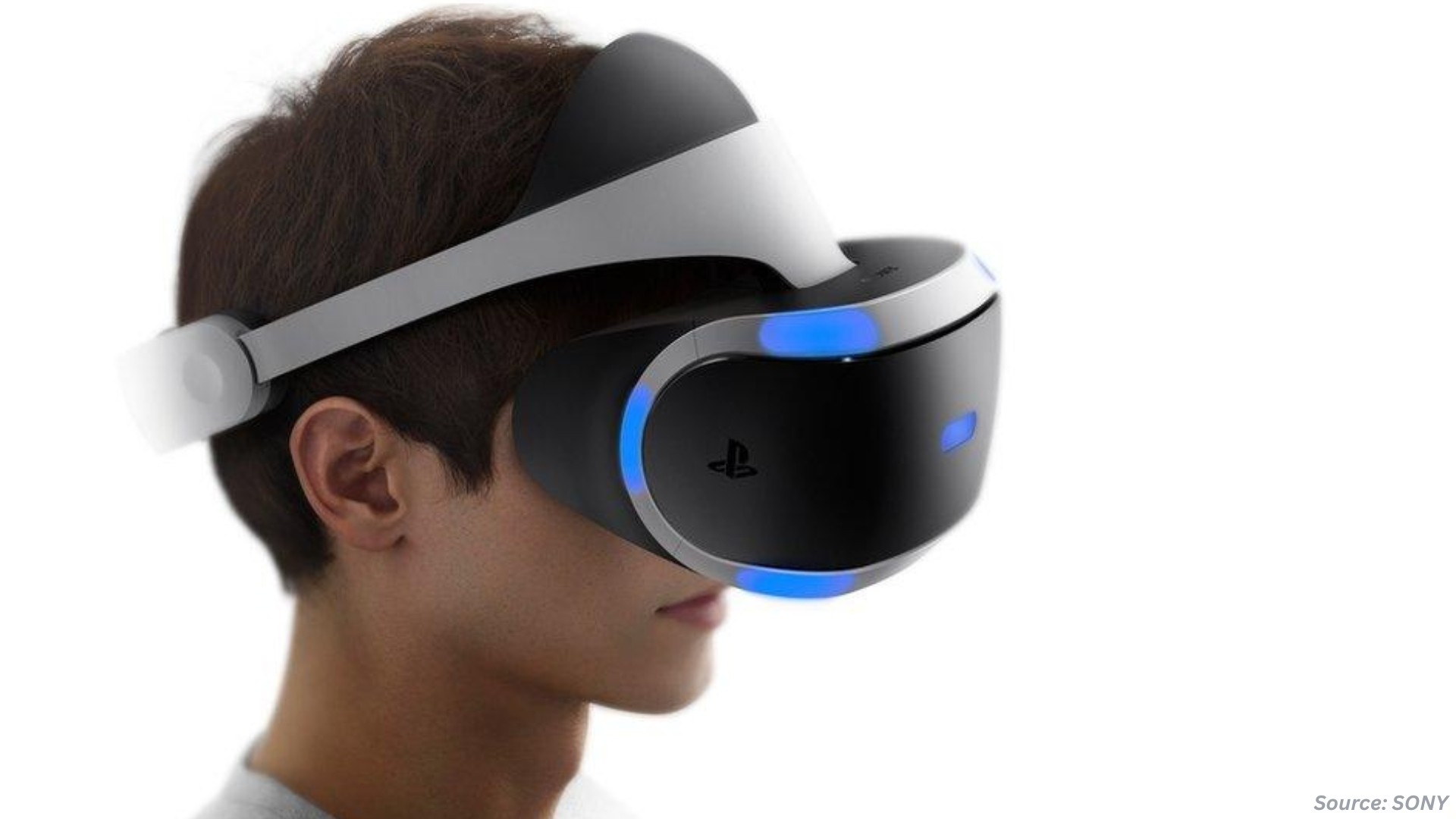
Lede
Two very different stories — Porsche using Apple Vision Pro headsets to walk guests through the new 911 Turbo S drivetrain, and Torbay Hospital in Devon reporting promising results from an eight-week VR therapy programme for chronic pain — together show how virtual reality is moving from curiosities and demos into real, repeatable use cases across enterprise and healthcare. Taken together, these examples signal widening adoption pathways, new partner ecosystems, and clearer commercial and clinical routes-to-value for the broader Virtual Reality Market.
Porsche’s Mixed-Reality Demo: Design, Briefings and Customer Experiences
At the launch of the new 911 Turbo S Porsche used colocated Apple Vision Pro headsets to show the car’s e-turbo, drivetrain and chassis at different scales — letting attendees inspect components at larger-than-life size and at true scale. The approach combined shared, colocated viewing with video playback and designer commentary, and points to a sensible enterprise use case for higher-fidelity mixed reality: collaborative 3D CAD and experiential briefings that previously required either tethered, PC-grade headsets or in-person physical prototypes. Apple’s visionOS improvements that enable shared spatial experiences further lower the friction for this kind of group demo and press briefing. Several reports indicate that Apple is preparing to release an upgraded Vision Pro powered by an M4 or M5 chip. The move is expected to narrow the gap with PC-driven VR and mixed reality systems, enabling richer, more detailed virtual objects and environments for both consumer and enterprise use.
Why it matters: OEMs, industrial designers and premium retail brands can now deliver highly realistic, sharable product walkthroughs without shipping physical prototypes or relying entirely on in-person events. That creates faster product-development feedback loops, richer PR moments, and new ways to personalise the buyer journey (see Porsche’s at-home configurator experiences).
Rising Popularity of Meta VR Headsets
-
62% of VR users now use Meta headsets (Quest series, all generations).
-
Adoption is up from 57% last year and 48% in the previous wave.
-
Growth is driven by:
-
Competitive features
-
Expanding library of games & experiences
-
Aggressive pricing
Torbay Hospital’s VR therapy: clinical help for chronic pain
In south Devon, Torbay and South Devon NHS teams have run an eight-week VR rehabilitation course (using software such as Cureo) that places patients into immersive, movement-oriented environments designed to distract and re-train a nervous system locked in pain. Reported benefits include improved movement, reduced reliance on pain medication (one patient reported stopping long-term codeine), and measurable functional gains after eight weeks. The programme was supported with a local £29,000 award to trial the clinical pathway, and roughly 50 patients have taken part so far.
Why it matters: VR is increasingly credible as a non-pharmacological therapeutic adjunct — not a gimmick. Structured programmes show how immersive experiences can be embedded into care pathways (e.g., physio + VR sessions), which opens repeatable reimbursement and procurement conversations with health systems and insurers.
Where these threads meet: meaningful implications for the Virtual Reality Market
-
Multiple, credible verticals. Automotive design/marketing and clinical rehabilitation represent complementary demand strands: one focuses on experiential sales/engineering workflows, the other on measurable health outcomes. Both require high-quality content, reliable hardware, and integration with existing workflows (CAD tools for OEMs; clinical records and physiotherapy protocols for hospitals).
Next Move Strategy Consulting — opinion, impact and near-term prospects
Taken together, these developments indicate a market transitioning from experimentation to operational use:
-
Enterprise (automotive & industrial): Expect more OEMs and tier-one suppliers to run colocated MR demos and remote shared sessions for press, dealers and engineering reviews. Vendors who offer CAD-to-MR pipelines, secure multi-user colocation, and lightweight remote collaboration tools will be well positioned. For OEMs, the near-term win is faster design validation and richer customer engagement without the run-rate cost of physical prototypes or global press tours.
-
Healthcare (rehab & pain management): Early clinical programmes that can show medication reduction, improved mobility, or psychological benefit are likely to attract larger trials, local NHS roll-outs, and conversations with clinical commissioners. Vendors should prioritise rigorous measurement frameworks, clinician training modules, and audit trails to support adoption. The ability to integrate VR session data into electronic patient records and to provide clinicians with outcome dashboards will be a differentiator.
-
Platform strategy: Hardware vendors will race to support enterprise and clinical APIs (e.g., multi-user colocated anchors, secure account controls, and developer SDKs). Content and middleware companies that deliver domain-ready modules (configurators for automotive, graded therapy modules for clinics) will capture disproportionate value because they reduce implementation risk for buyers.
-
Risks & frictions: Regulatory and procurement cycles in healthcare can be slow; clinical evidence must be reproducible and ethically reviewed. In enterprise, interoperability with existing CAD/PDM systems and user training remain adoption barriers. Device cost and room-scale constraints still limit mass market consumer use at high fidelity.
Practical suggestions for stakeholders
-
Automakers & manufacturers: Pilot colocated MR briefings for design and PR teams; instrument pilots to capture time saved in decision cycles and qualitative feedback from engineers and customers. Partner with middleware companies that convert CAD assets into optimised MR scenes.
-
Healthcare providers & clinicians: Start with tightly defined clinical pathways (e.g., 8-week pain rehab) that include baseline and endpoint measures (pain scales, medication use, mobility tests). Seek small grants or local funding to run controlled pilots before scaling. Work with vendors who provide clinical outcome reporting.
-
VR software vendors: Build domain templates — design-review kits and clinically validated therapy modules — rather than only generic demos. Prioritise integrations (EMR, CAD, analytics) and compliance (data security, clinical governance).
-
Investors & corporate strategy teams: Look for companies offering verticalised content + workflows (not just hardware). Early signs of durable demand include multi-site clinical rollouts, OEM procurement pilots, and software subscriptions tied to measurable outcomes.
Conclusion
The Porsche Vision Pro demos and Torbay Hospital’s VR therapy pilot are not isolated PR moments — they are practical demonstrations of two distinct and investible use cases for immersive tech. One shows how MR can accelerate design, sales and marketing workflows; the other shows that immersive therapy can deliver measurable patient benefits and reduce medication reliance when embedded into clinical pathways. For the broader Virtual Reality Market this means the next phase of growth will be driven by domain-specific content, workflow integrations, and evidence-based pilots that turn novelty into procurement-grade solutions.
About Next Move Strategy Consulting:
Next Move Strategy Consulting is a premier market research and management consulting firm that has been committed to provide strategically analysed well documented latest research reports to its clients. The research industry is flooded with many firms to choose from, what makes Next Move different from the rest is its top-quality research and the obsession of turning data into knowledge by dissecting every bit of it and providing fact-based research recommendation that is supported by information collected from over 500 million websites, paid databases, industry journals and one on one consultations with industry experts across a diverse range of industry sectors. The high-quality customized research reports with actionable insights and excellent end-to-end customer service help our clients to take critical business decisions that enables them to move beyond time and have competitive edge in the industry.
We have been servicing over 1000 customers globally that includes 90% of the Fortune 500 companies over a decade. Our analysts are constantly tracking various high growth markets and identifying hidden opportunities in each sector or the industry. We provide one of the industry’s best quality syndicate as well as custom research reports across 10 different industry verticals. We are committed to deliver high quality research solutions in accordance to your business needs. Our industry standard delivery solutions that ranges from the pre consultation to after-sales services, provide an excellent client experience and ensure right strategic decision making for businesses.
For more information please contact:
Next Move Strategy Consulting
5th Floor 867
Boylston St, STE 500,
Boston, MA 02116, U.S.
E-Mail: [email protected]
Direct: +18577585017
Website: www.nextmsc.com
About the Author
 Joydeep Dey is an SEO Executive, Content Writer, and AI enthusiast with over 2½ years of experience in digital marketing and artificial intelligence. He specializes in crafting smart SEO strategies, creating engaging content, and exploring AI-powered solutions that boost online visibility and audience engagement. Outside of work, you’ll often find Joydeep exploring new gadgets, binge-watching a good series, or just wandering around for fresh inspiration.
Joydeep Dey is an SEO Executive, Content Writer, and AI enthusiast with over 2½ years of experience in digital marketing and artificial intelligence. He specializes in crafting smart SEO strategies, creating engaging content, and exploring AI-powered solutions that boost online visibility and audience engagement. Outside of work, you’ll often find Joydeep exploring new gadgets, binge-watching a good series, or just wandering around for fresh inspiration.
About the Reviewer
 Sanyukta Deb is a seasoned Content Writer and Team Leader in Digital Marketing, known for her expertise in crafting online visibility strategies and navigating the dynamic digital landscape. With a flair for developing data-driven campaigns and producing compelling, audience-focused content, she helps brands elevate their presence and deepen user engagement. Beyond her professional endeavors, Sanyukta finds inspiration in creative projects and design pursuits.
Sanyukta Deb is a seasoned Content Writer and Team Leader in Digital Marketing, known for her expertise in crafting online visibility strategies and navigating the dynamic digital landscape. With a flair for developing data-driven campaigns and producing compelling, audience-focused content, she helps brands elevate their presence and deepen user engagement. Beyond her professional endeavors, Sanyukta finds inspiration in creative projects and design pursuits.
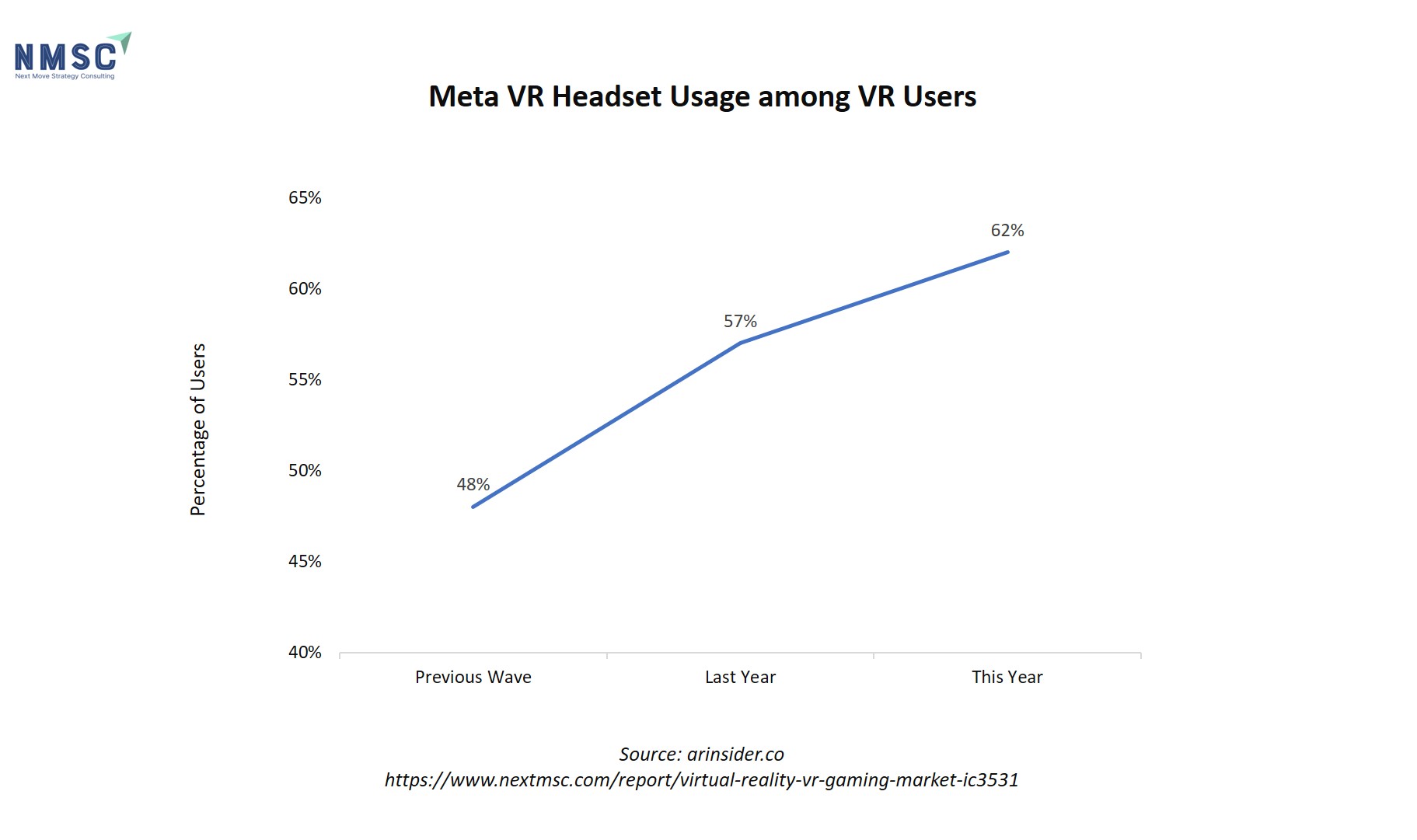








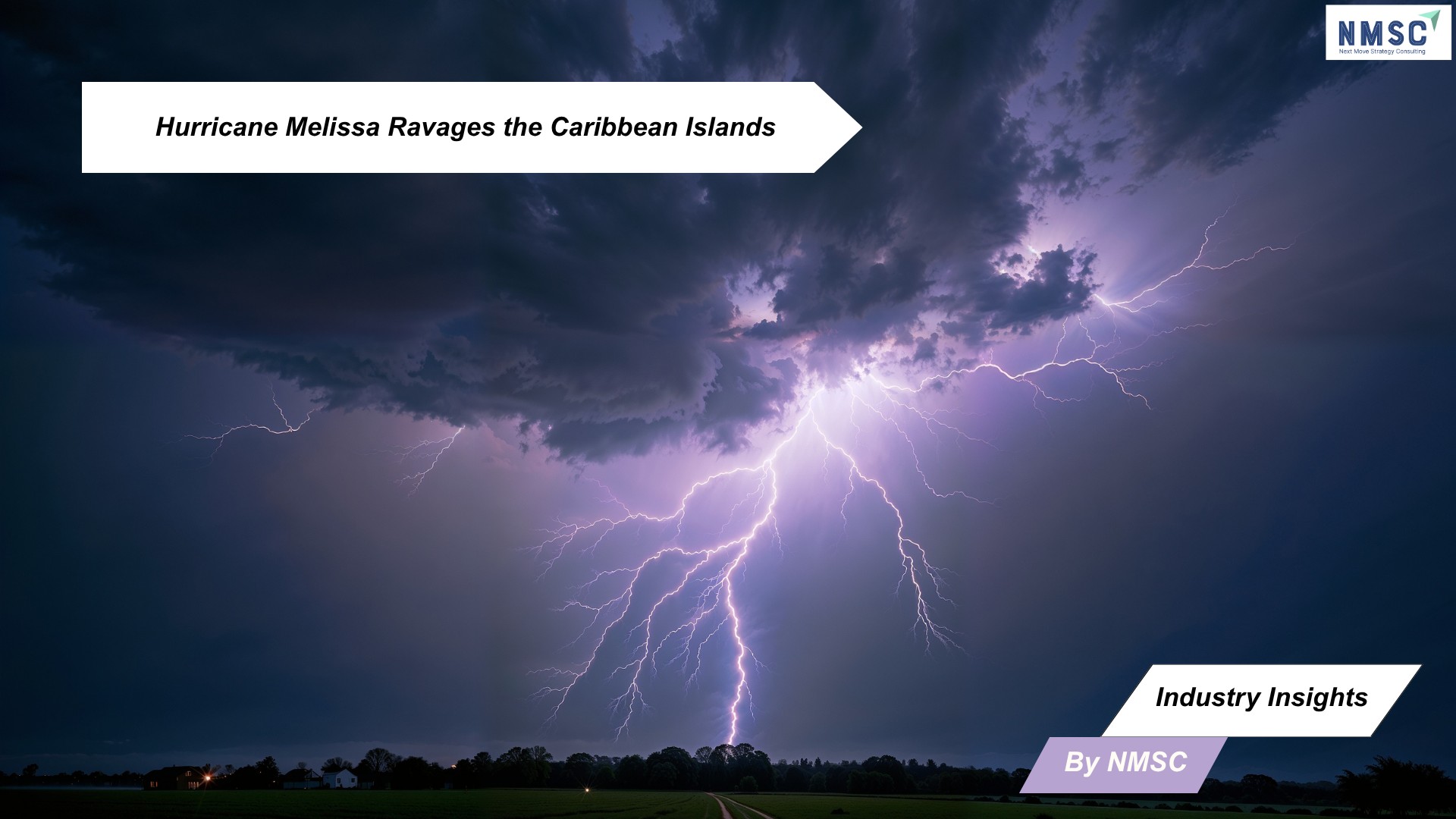

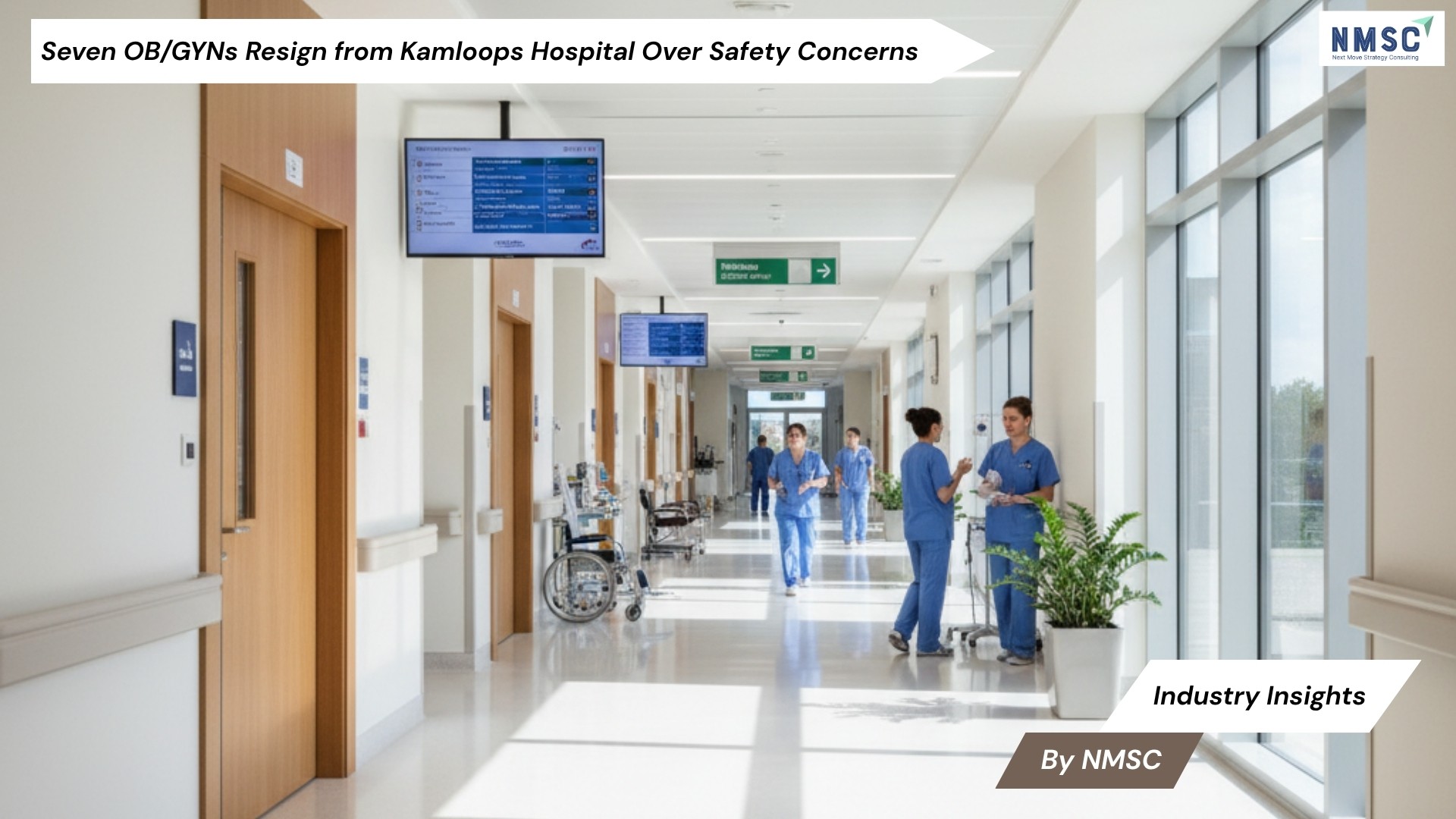
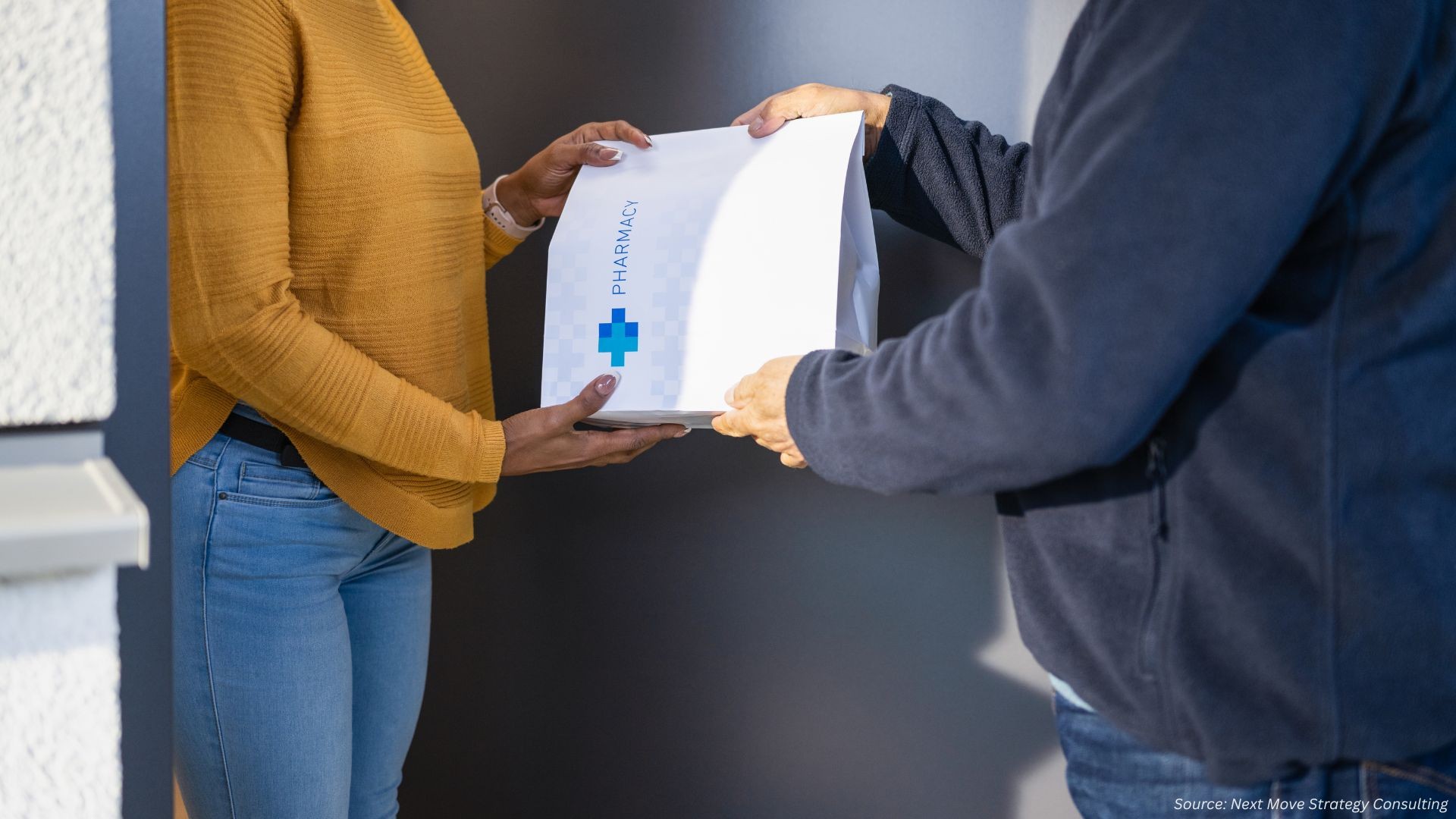




Add Comment